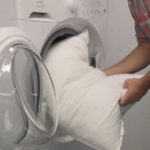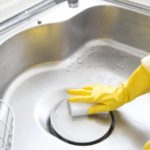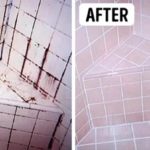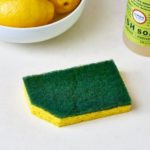The lack of cleanliness in the home can lead to many serious health problems for your family. Today, let us go through 5 things in the house that can become breeding grounds for bacteria if not cleaned properly!
1. Pillows
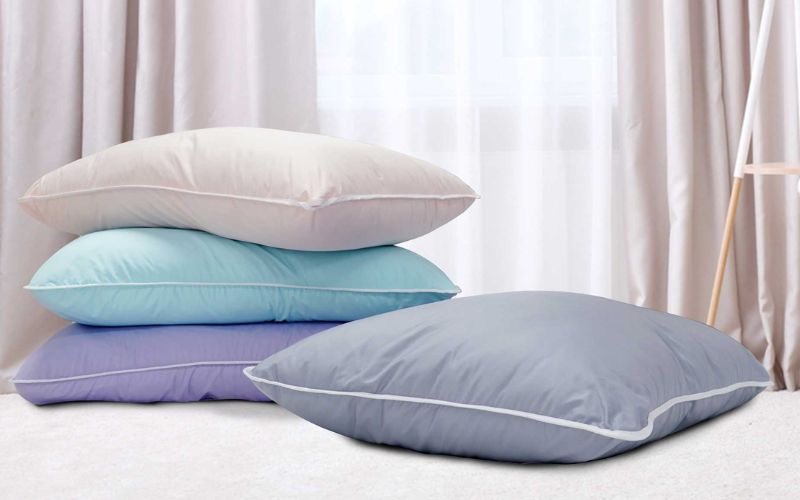 Pillows are an item that needs to be regularly cleaned to avoid bacterial build-up
Pillows are an item that needs to be regularly cleaned to avoid bacterial build-up
While sleeping, dandruff, sweat, saliva, and other substances can accumulate on pillows, leading to the growth of various bacteria and molds. According to Dr. Lisa Ackerley, an expert in household hygiene, not cleaning pillows regularly can cause serious health problems such as skin diseases, infections, pneumonia, and more.
How to clean pillows: To thoroughly clean pillows, use a washing machine and set it to wash and dry the pillows separately to ensure all moisture is removed. If your washing machine does not have this drying function, sun-dry the pillows until completely dry before using them.
2. Washing machine drum
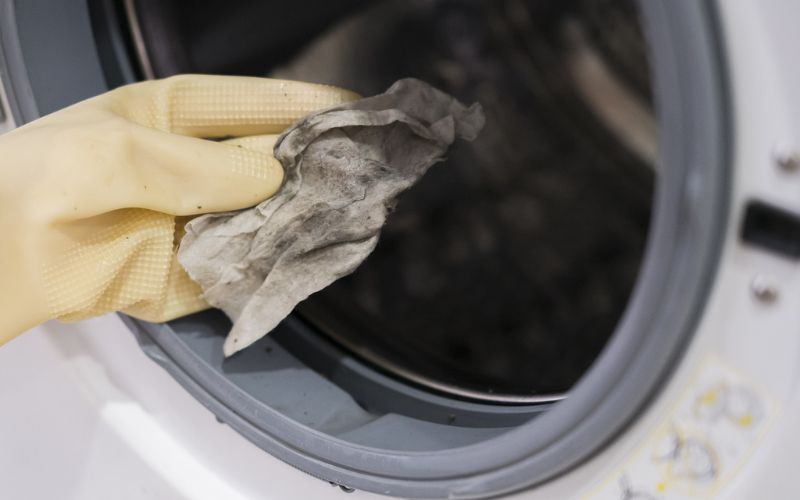 The washing machine drum is an item that needs to be regularly cleaned to avoid bacterial build-up
The washing machine drum is an item that needs to be regularly cleaned to avoid bacterial build-up
Although the washing machine is used to clean clothes, it can become one of the most bacteria-infested items in the house if not cleaned regularly, especially the drum and the rubber seal. The moisture in the machine can create an environment for bacteria and mold to grow, leading to dirt buildup, skin inflammation, redness, itching, and more.
How to clean the washing machine drum:
- Step 1: Mix warm water with 2 cups of vinegar and 250g of baking soda, then pour it into the washing machine drum.
- Step 2: Let it soak for 25-30 minutes, then run a regular wash cycle. Use a dry cloth to absorb all the water inside the drum to complete the cleaning process.
3. Dishwashing sink
 The dishwashing sink is an item that needs to be regularly cleaned to avoid bacterial build-up
The dishwashing sink is an item that needs to be regularly cleaned to avoid bacterial build-up
After washing dishes, even though the leftover food is thrown away, the moist environment inside the dishwashing sink still provides conditions for bacteria to thrive. The drain area in the sink is particularly prone to odors and contains the most bacteria, therefore it needs to be cleaned with specialized cleaning agents.
How to clean the dishwashing sink:
- Step 1: Pour boiling water directly into the dishwashing sink, then let it soak for 3-5 minutes to help remove dirt from the surface.
- Step 2: Use specific cleaning agents to spray onto the dishwashing sink, then use a dish sponge or brush to scrub away the dirt.
4. Dishwashing sponge
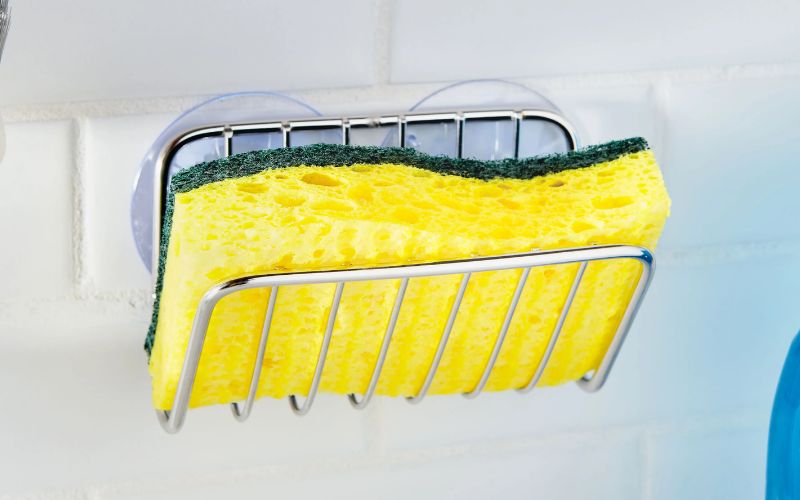 The dishwashing sponge is an item that needs to be regularly cleaned to avoid bacterial build-up
The dishwashing sponge is an item that needs to be regularly cleaned to avoid bacterial build-up
Similar to the dishwashing sink, due to regular contact with food and dirt, the dishwashing sponge is also one of the places that harbor a lot of bacteria, resulting in unpleasant odors and causing serious health problems such as skin diseases, infections, pneumonia, and more.
How to clean the dishwashing sponge: Put the dishwashing sponge in the microwave and heat it for about 1 minute. Repeat this process 1-2 times per week to kill all the bacteria.
5. Tile grout
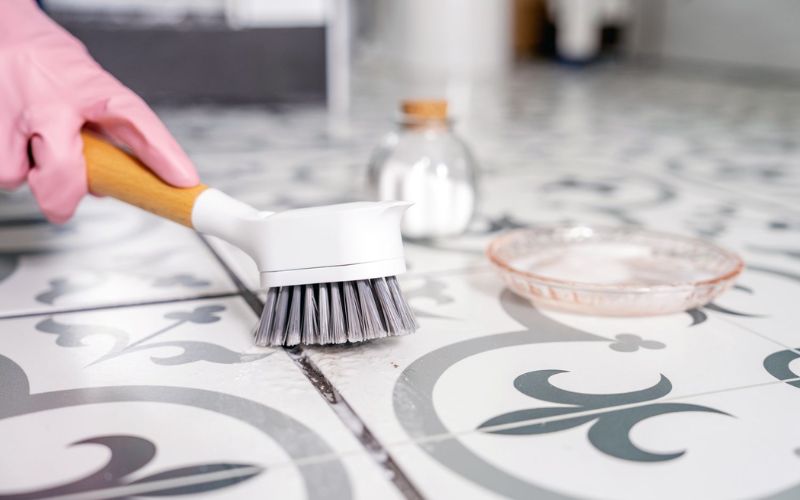 Tile grout is an item that needs to be regularly cleaned to avoid bacterial build-up
Tile grout is an item that needs to be regularly cleaned to avoid bacterial build-up
In addition to cleaning the floor and walls with cleaning solutions, the tile grout on the surface of the floor or walls is often forgotten or not thoroughly cleaned, becoming a place where various bacteria, viruses, and other pathogens accumulate, especially in the grout lines in the bathroom, shower, and more.
How to clean tile grout: Scrub the grout lines on the floor and walls with baking soda 2-3 times per week to prevent bacterial growth.
Above are 5 items in the house that can become breeding grounds for bacteria if not cleaned properly. We hope that with this article, you will pay attention to home hygiene and better protect the overall health of your family!


























